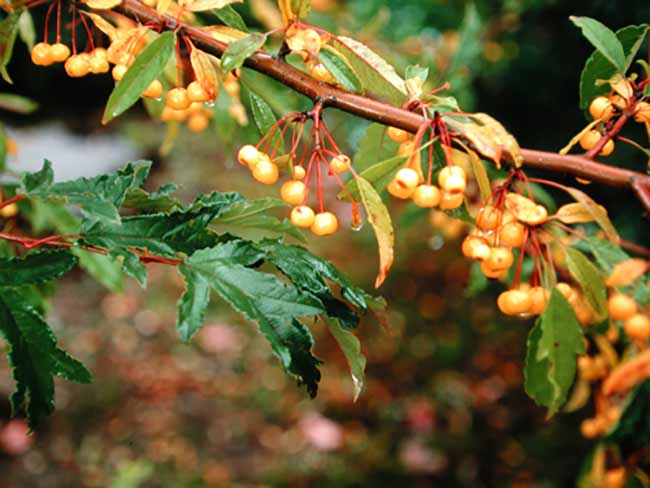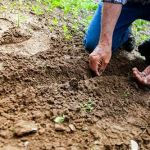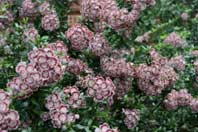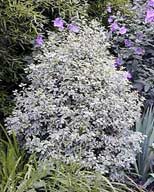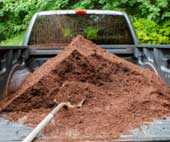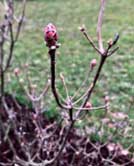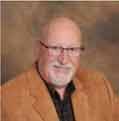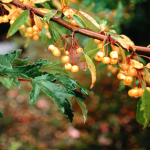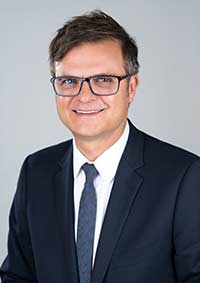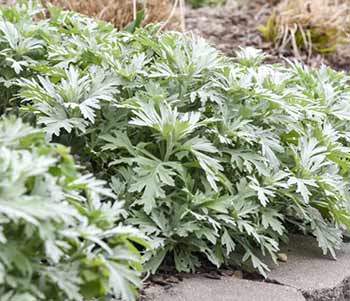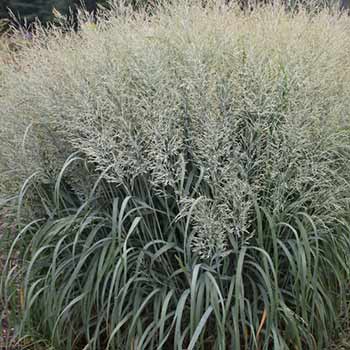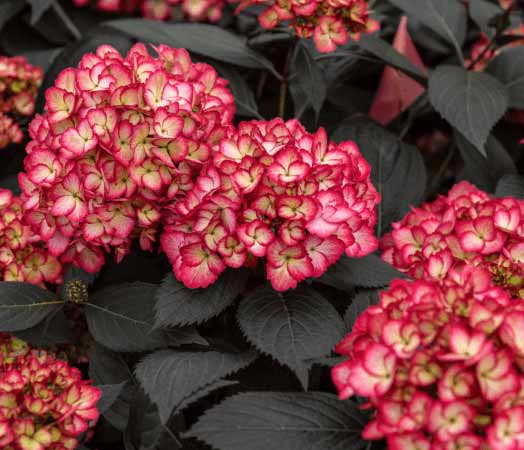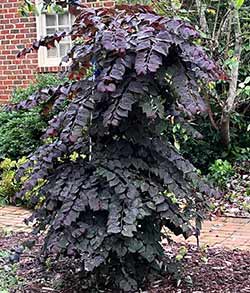Seattle Residents Clash Over Affordable Housing Plan in Stadium District

A proposal to build nearly 500 affordable housing units in Seattle’s Stadium District has ignited debate among residents, reflecting the city’s ongoing struggle to balance growth, affordability, and urban planning.
During a public hearing, supporters of the project emphasized its potential to address Seattle’s housing crisis, which has been exacerbated by rising rents, a growing population, and limited affordable options.
“Seattle needs more housing, and including this in the Stadium District will bring almost 500 new affordable homes to the area,” said resident Jamie Lee, who believes the project is a crucial step in increasing accessibility for low- and middle-income residents.
However, not everyone in attendance was convinced. Some residents expressed concerns over the project’s planning and potential impact on the neighborhood.
“I think everybody in this room is in favor of affordable housing. I think that is a beautiful piece of wrapping paper that they’ve wrapped around a poor idea that has not been thought through,” said Jamie Fleming, another resident, questioning whether the project’s details had been fully vetted.
A Growing Crisis in Seattle
Seattle has faced mounting pressure to address its housing affordability crisis, with rents and home prices continuing to rise faster than wages. According to a recent report from the Seattle Office of Housing, the city needs tens of thousands of new affordable units to meet demand.
The Stadium District, located near major sports venues and transit hubs, has been eyed as a potential area for development due to its accessibility and central location. However, concerns about traffic congestion, infrastructure strain, and displacement of existing businesses have complicated past proposals for housing projects in the area.
City Officials Weigh In
City planners and housing advocates argue that projects like this are necessary to ensure Seattle remains livable for residents of all income levels. They cite similar developments in areas like South Lake Union and the Central District, where affordable housing units have been incorporated into rapidly growing neighborhoods.
While no immediate decision was made at the hearing, officials say public feedback will be taken into account before moving forward.
“This is just one step in a larger conversation about how we create more housing in Seattle,” said a city spokesperson. “We want to make sure we’re addressing concerns while still making progress toward affordability and sustainability.”
The proposal will likely undergo further discussion and potential revisions before it reaches a final vote. In the meantime, Seattle’s housing crisis remains a pressing issue, with policymakers and residents alike searching for solutions that balance growth with community needs.
The real question is, will Seattle ever have affordable housing? In my opinion, those days are over.










